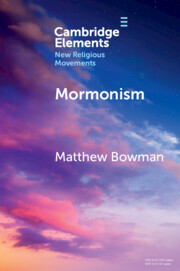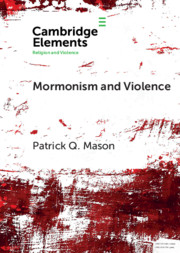The transformation of Mormonism from a small, persecuted sect into an established, global faith has attracted scholarly attention for decades. By all accounts, the late nineteenth and early twentieth centuries were critical for the church's evolution and modernization. The rapidity of the change, however, leaves nagging questions. After years of costly, principled resistance, how could Mormons, with any semblance of dignity and self-respect, suddenly embrace the institutions and values of their tormentors? How did members of the nineteenth century's “most despised large group” become so loyal to the United States in the twentieth?
This essay explores the unique, crucial role that American universities played in fostering Mormon-Gentile reconciliation. Right when the animosities were at fever pitch—in the decades between the death of Brigham Young (1877) and Utah's admission into the Union as the forty-fifth state (1896)—the American university became a liminal, quasi-sacred space where Mormons experienced a radical transformation of consciousness and identity. In the process, they developed an enduring devotion to non-Mormon institutions and deference to non-Mormon expertise. These extra-ecclesial loyalties would dismantle the ideological framework of Mormon separatism and pave the way for Mormons' voluntary reimmersion into the mainstream of American life.

